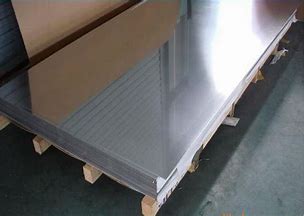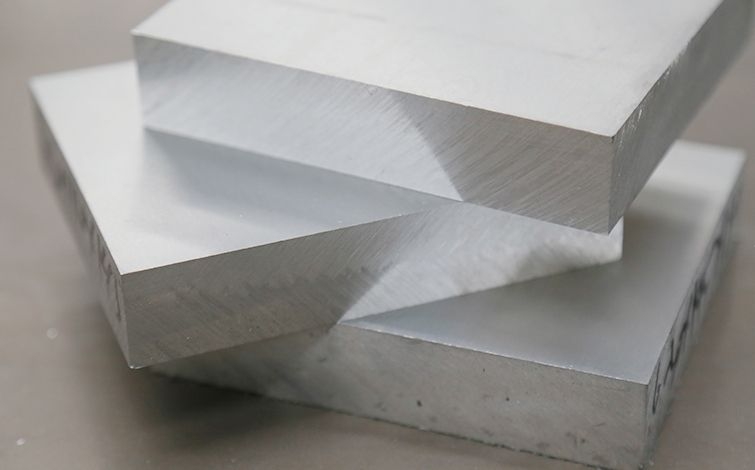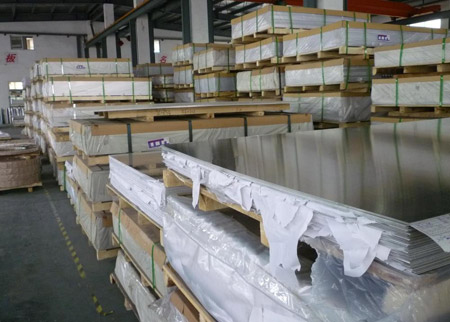



When it comes to reflecting 2.4GHz radiation, both aluminium foil and copper foil can be effective to some extent. However, in general, aluminium foil tends to perform slightly better than copper foil.
This is because aluminium has a higher reflectivity compared to copper at most frequencies, including 2.4GHz. In fact, aluminium has a reflectivity of around 97% at 2.4GHz, while copper has a reflectivity of around 90%. The difference in reflectivity between the two metals can be attributed to their respective electrical and thermal properties. Copper has a lower electrical conductivity than aluminium foil, which means that it is less effective at reflecting electromagnetic radiation. Additionally, copper has a higher thermal conductivity, which means that it absorbs more heat than aluminium. This can cause the copper foil to heat up and reduce its effectiveness in reflecting 2.4GHz radiation.
It is worth noting that the thickness and quality of the foil can also affect its performance in reflecting 2.4GHz radiation. Thicker and higher-quality foils tend to reflect more radiation compared to thinner and lower-quality foils. This is because thicker foils have a higher surface area and can reflect more radiation. Additionally, higher-quality foils are less likely to have defects or impurities that can reduce their reflectivity.
In conclusion, while both aluminium foil and copper foil can reflect 2.4GHz radiation, aluminium foil is generally more effective due to its higher reflectivity at this frequency. However, the thickness and quality of the foil should also be taken into consideration when selecting a material for reflecting 2.4GHz radiation.
* Thank you for your inquiry. Please provide your business needs information so that we can better serve you.
This information can help us assign the most suitable person to solve your problem. We will give you feedback within 1-2 working days.
Related Blog







